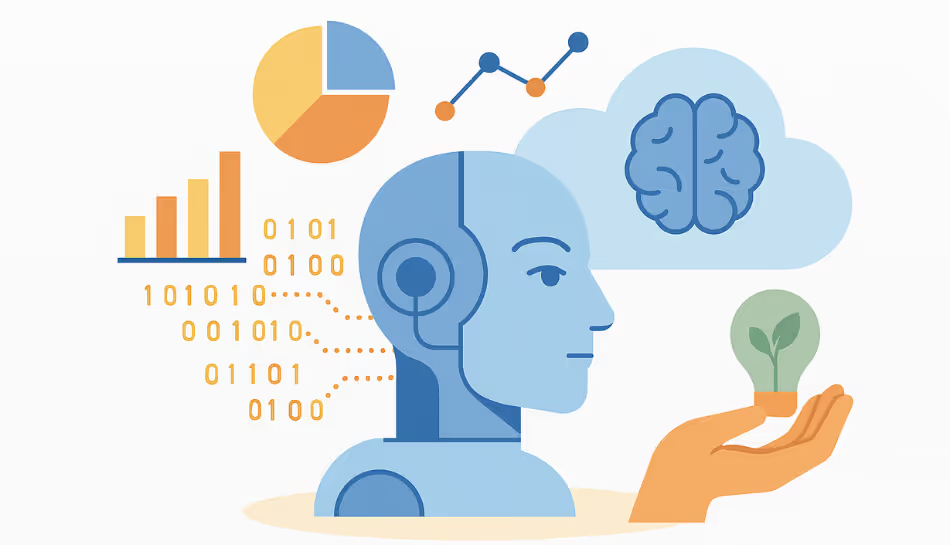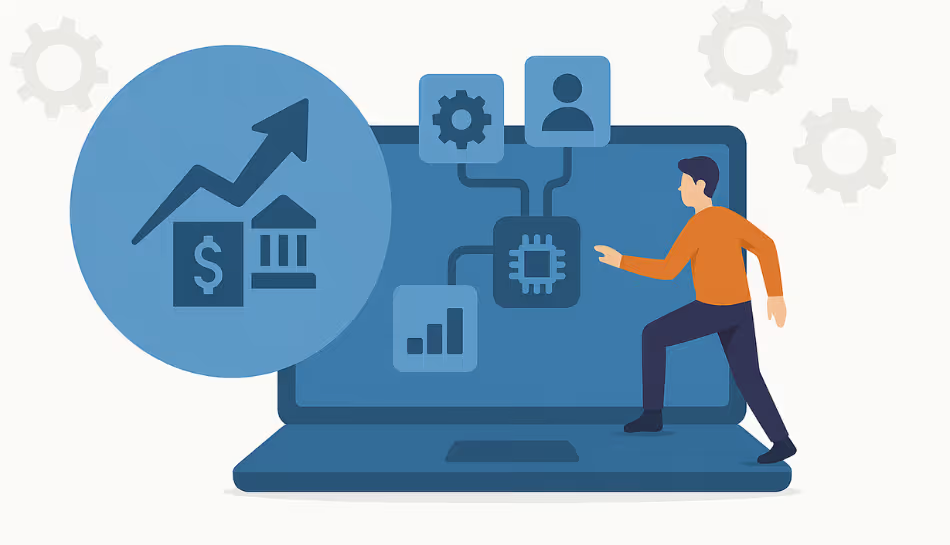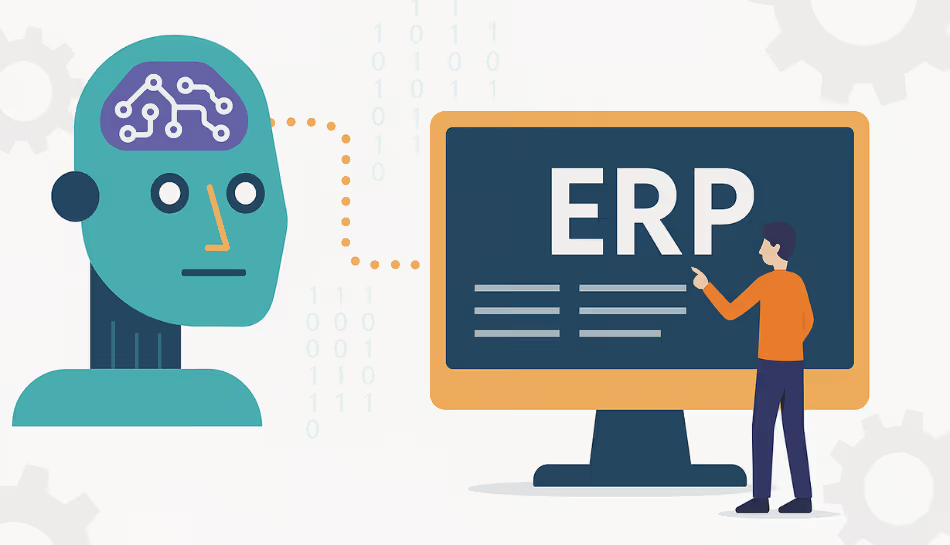
In the world of Generative AI, data isn’t just helpful , it’s everything. Whether you're talking about AI that writes poems, creates digital art, or answers your business questions, the common ingredient behind it all is data.
Let’s break down how data powers AI, why it matters, and what you should know , especially if you’re exploring AI data analytics or planning to use AI in your business.
What Is Generative AI?
Generative AI refers to a type of artificial intelligence that can create content , from text and images to code and music. ChatGPT, DALL·E, and Midjourney are examples of it.
But here’s the catch: AI doesn’t create from thin air. It learns patterns from massive amounts of training data, and then uses that knowledge to generate new, original outputs.
Data Is the Foundation of AI
Imagine teaching a child to write stories. You’d first expose them to books, vocabulary, grammar, and examples of storytelling. That’s exactly what happens with AI.
Here's how data plays a key role:
- Training Data for AI: This is the content used to “teach” the AI how to perform. It can include text, images, audio, video, and more.
- Data Annotation for AI: For AI to understand data, it needs labels. For example, if you show a picture of a cat, you label it as “cat.” This helps the AI learn what’s what.
- Data Quality: The better the data, the smarter the AI. Incomplete or biased data leads to unreliable results.
- Data Quantity: AI thrives on big data. More data means more examples to learn from, which typically results in better performance.
How AI Uses Data Analytics
Now that AI is trained, it can also analyze data , that’s where AI data analytics comes in. Businesses use AI-powered tools to:
- Spot patterns in customer behavior
- Forecast demand or sales trends
- Detect fraud
- Improve decision-making
This marriage of data analytics and AI allows businesses to move faster, reduce guesswork, and stay ahead of the curve.
Data + AI in Action: Real-World Examples
- E-commerce: AI analyzes customer data to recommend products.
- Healthcare: AI studies patient records to help diagnose diseases.
- Finance: AI reviews transaction data to flag suspicious activity.
- Marketing: AI segments audience data to tailor ads and campaigns.
In each of these, data for AI training and real-time analytics power the results.
Challenges in Using Data for AI
While AI seems magical, working with data has its challenges:
- Privacy and Security: Sensitive data must be protected.
- Bias in Training Data: If AI is trained on biased data, it can produce biased results.
- Data Annotation is Time-Consuming: Labeling thousands or millions of pieces of data takes effort and precision.
Final Thoughts
If Generative AI is the engine, then data is the fuel. Without well-structured, high-quality data, even the most powerful AI models would be like cars with no gas.
As data analytics and AI continue to evolve together, understanding the role of data will help businesses, developers, and decision-makers unlock the full potential of AI, responsibly and effectively.

